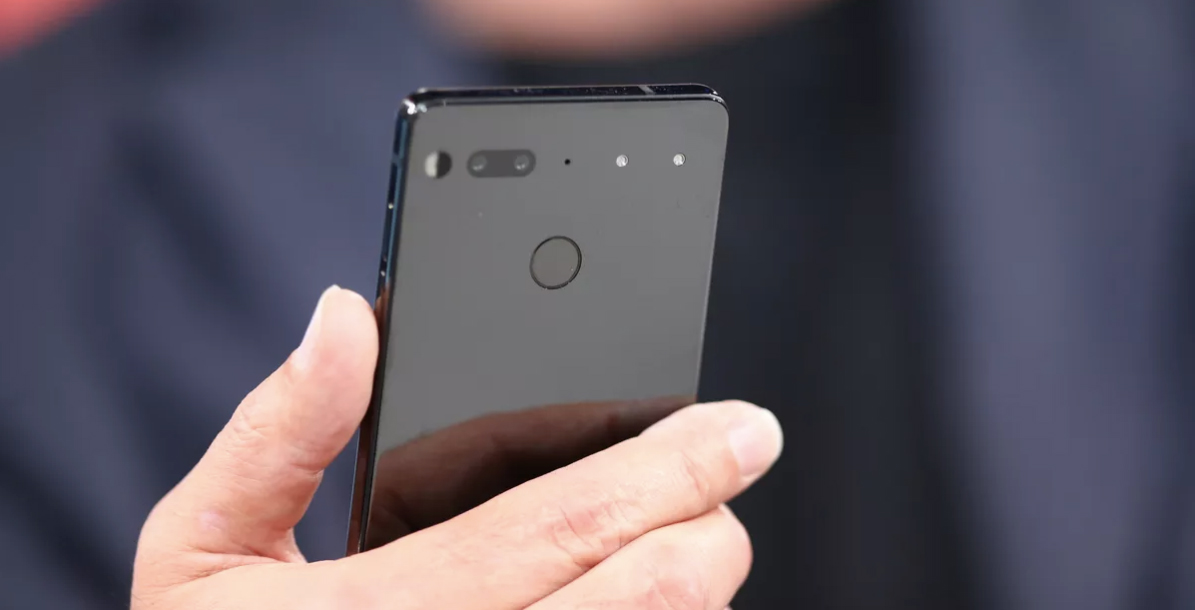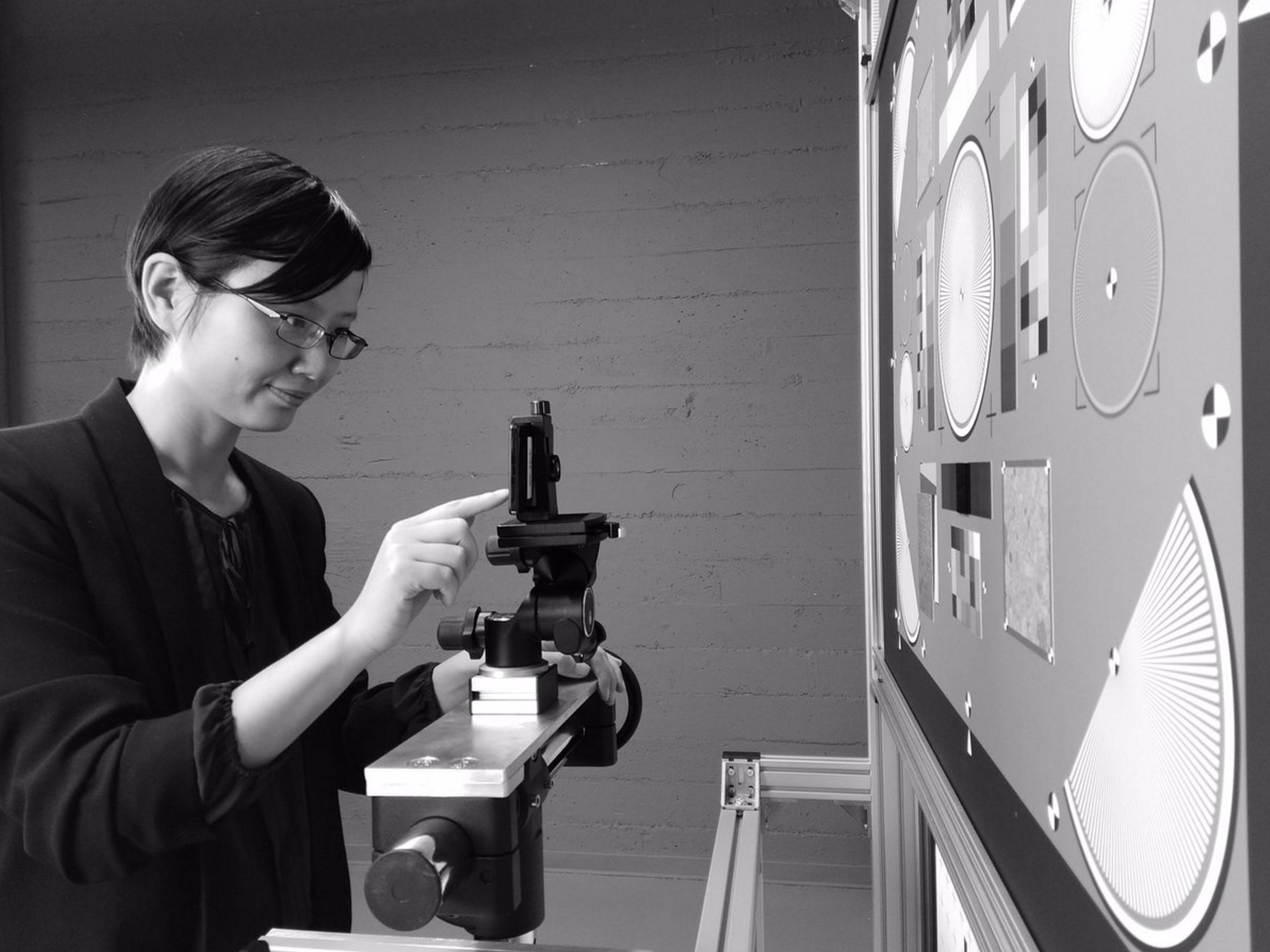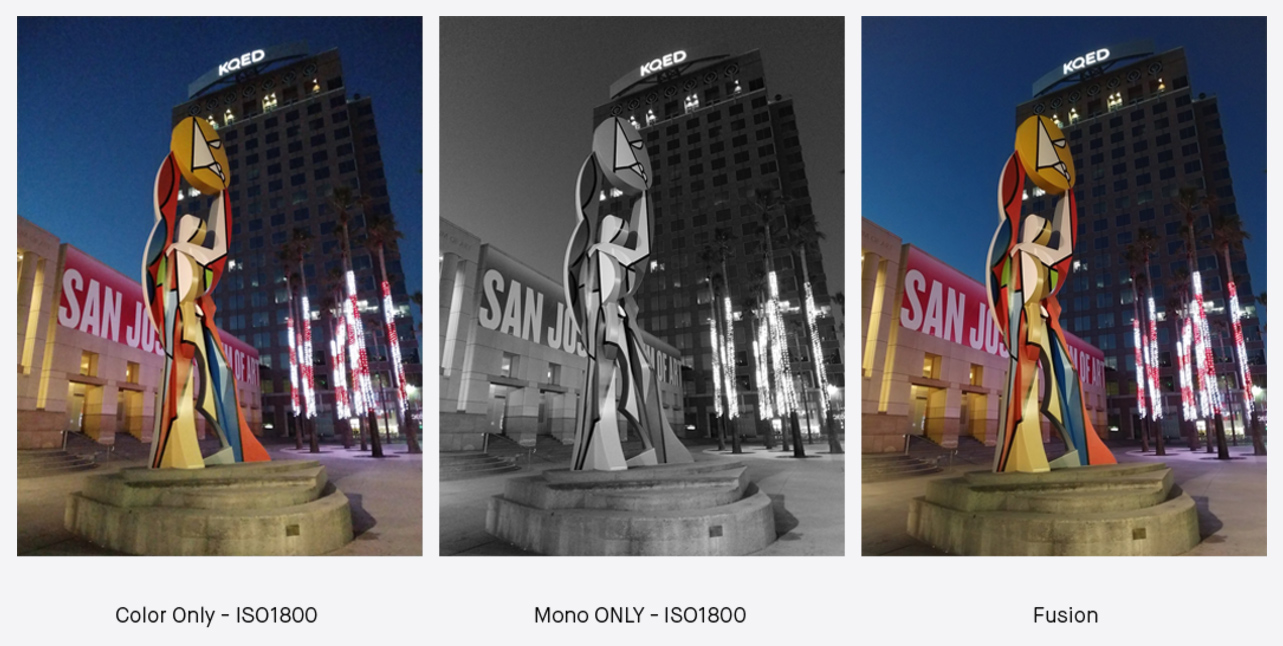
With the release of Andy Rubin’s Essential Phone seemingly just weeks away, Essential has published a new blog post that details some of the engineering and software work that went into creating the rear camera on its upcoming phone.
“When we set out to build the rear-facing camera for our phone our primary goal was to have a camera without the telltale bump and have it integrated seamlessly into the overall design,” says Essential image quality engineer Yazhu Ling. “However, we were not willing to sacrifice image-quality in low light which is a common point of frustration for many people who rely on their phone’s camera.”
Essential’s solution to that problem is to use a dual rear-facing camera system that makes use of one colour sensor and one monochrome sensor.
“We were not willing to sacrifice image-quality in low light which is a common point of frustration for many people who rely on their phone’s camera.”
Whenever the phone is promoted to shoot a photo, both sensors capture the same image at the same time, leading to a composite photo that features less digital noise and more detail.
It’s a setup we’ve seen in other smartphones — for instance, the recently released Huawei P10 and P10 Plus. However, it does require some finesse on the software side of things to get the two sensors pushing out the best possible images.

Indeed, Ling says she has worked on perfecting the Essential Phone’s camera since October of last year.
That said, it seems the work was well worth it, as the samples featured in her post are much cleaner than the ones Essential President Niccolo de Masi shared on Twitter earlier this year. The difference in low light performance is particularly notable in the second of two low light comparison shots, shown below.
Comparing the original colour image to the final ‘Fusion’ one reveals far less of the telltale colour speckling that’s associated with digital sensor noise.

Ling’s post also offers some insight into why the Essential Phone may have missed its initial ship date. Speaking to the process of tuning the phone’s camera, Ling says it has taken a lot of iteration to get to a point where she and her team are happy with the handset’s camera.
“Our subjective tuning process began in January 2017, and during that time, we have gone through 15 major tuning iterations, along with countless smaller tuning patches and bug fixes,” she writes. “We have captured and reviewed more than 20,000 pictures and videos, and are adding more of them to our database every day.”
The Essential Phone is scheduled to arrive at Telus later this summer. Stay tuned to MobileSyrup to find out if its camera lives up to competitors like the Galaxy S8 and iPhone 7 Plus.
Source: Essential
MobileSyrup may earn a commission from purchases made via our links, which helps fund the journalism we provide free on our website. These links do not influence our editorial content. Support us here.


